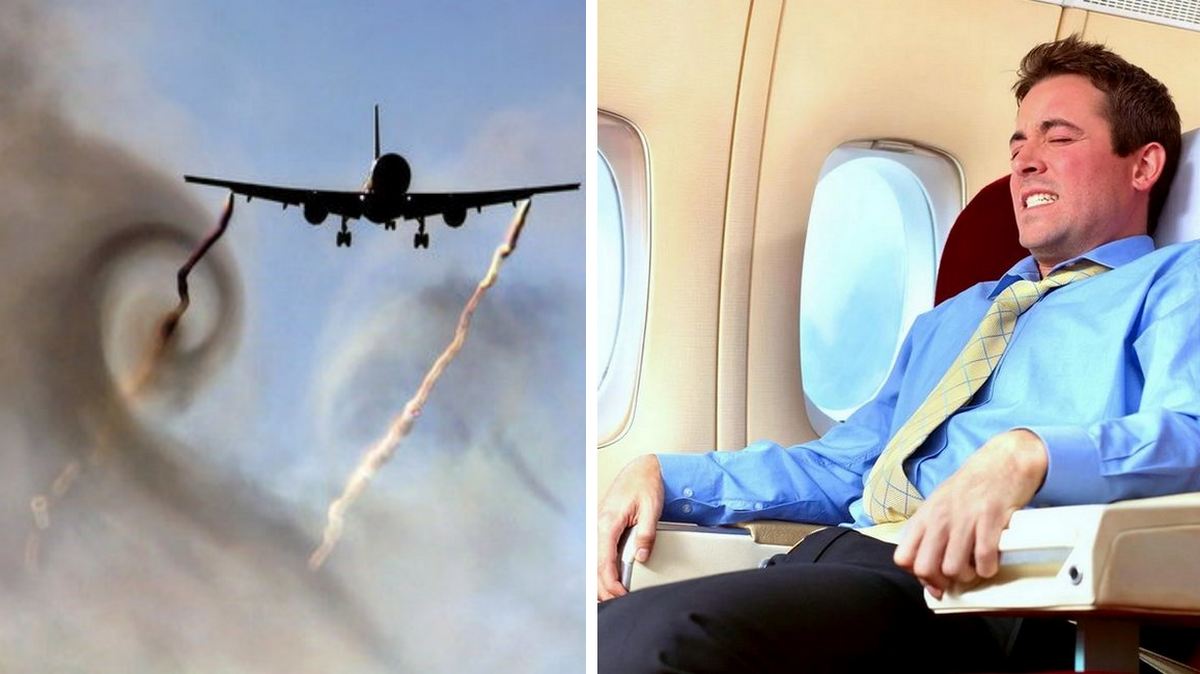Turbulence during airplane flights will become three times more frequent by 2050-2080 due to climate change. The results of research by scientists and comments by experts were published by the Newsweek resource.
The natural cause of turbulence is a change in the speed and direction of the wind in the atmosphere in certain areas. When a plane hits air currents, it can shake quite a bit. In recent years, there have been more and more reports of similar incidents on commercial flights. After one of them, the flight attendants even demanded a ban on carrying babies in their arms.
Scientists from the University of Reading in the UK have published research confirming that vertical wind shear in the jet stream has increased by 15% since the first observations in 1979. This is associated with global climate change.
Study co-author Paul Williams, Professor of Atmospheric Sciences in the Department of Meteorology at the University of Reading, said: “We have gathered a large body of scientific evidence that turbulence is increasing due to climate change. An invisible form of turbulence, called outdoor turbulence, is caused by wind shear, which due to climate change is now 15% stronger than in the 1970s. We expect a further increase in wind shear in the coming decades, possibly doubling or tripling the number of severe turbulence events.”
There have been several incidents of severe turbulence in recent months. In early March, 7 people were hospitalized after a Lufthansa flight from Austin, Texas to Frankfurt, Germany encountered strong air currents. There were 184 people on board, including crew members. The plane was forced to change its route but eventually landed safely.
In December 2022, a Hawaiian Airlines flight en route from Phoenix, Arizona to Honolulu, Hawaii encountered severe turbulence, injuring 25 people. According to the airline, there were 278 passengers, 8 flight attendants, and 2 pilots on board. The turbulence was so strong that it damaged the interior of the plane.
On most commercial flights, children under two are allowed to sit on their parent’s laps during the flight. However, recent incidents of extreme turbulence are a cause of concern for the AFA-CWA Flight Attendant Association, as injuries will occur more frequently if this trend continues.
So, one baby on board a Lufthansa flight sat on his mother’s lap and flew out of her arms, the Independent reported. A passenger told a British newspaper that the plane went into a “free fall” and people “flew into the air,” some even hitting the ceiling. Therefore, flight attendants are now advocating a ban on carrying children in their arms.
It is not known for certain when the situation with turbulence may worsen. But it’s no secret that climate change is happening at a rapid pace. Researchers at the University of Reading believe that climate change caused by human activity could triple the number of severe storms by 2050-2080. However, it is not clear whether this will also increase the number of injuries on commercial flights.
“Science tells us that climate change is making the atmosphere more turbulent. However, whether flights are becoming more dangerous is another question, because other factors affect this. Turbulence forecasts, which pilots use to plan smooth flight paths, are constantly improving, modern airplanes are better able to handle turbulence, and passenger compliance with seat belt recommendations is also very important. Whether a more turbulent atmosphere will lead to more injuries remains to be seen,” said Paul Williams.
Ethan Koffel, associate professor of geography and environment at Syracuse University, also commented on the impact of climate change on flights: “There are three main changes in the organization of flights in the new conditions: a decrease in cargo capacity on some flights due to rising temperatures, an increase in clear air turbulence on some routes, and a change in the cost of fuel on some routes due to changes in wind speeds in the upper layers.”
Even if turbulence increases, it does not mean that flights will become more dangerous. In fact, despite the recent increase in turbulence incidents in which people have been injured, it remains a fairly rare occurrence. The number of flights reporting turbulence-related injuries is very small compared to the total number of commercial flights worldwide, which reached nearly 39 million in 2019 before the start of the COVID pandemic.

